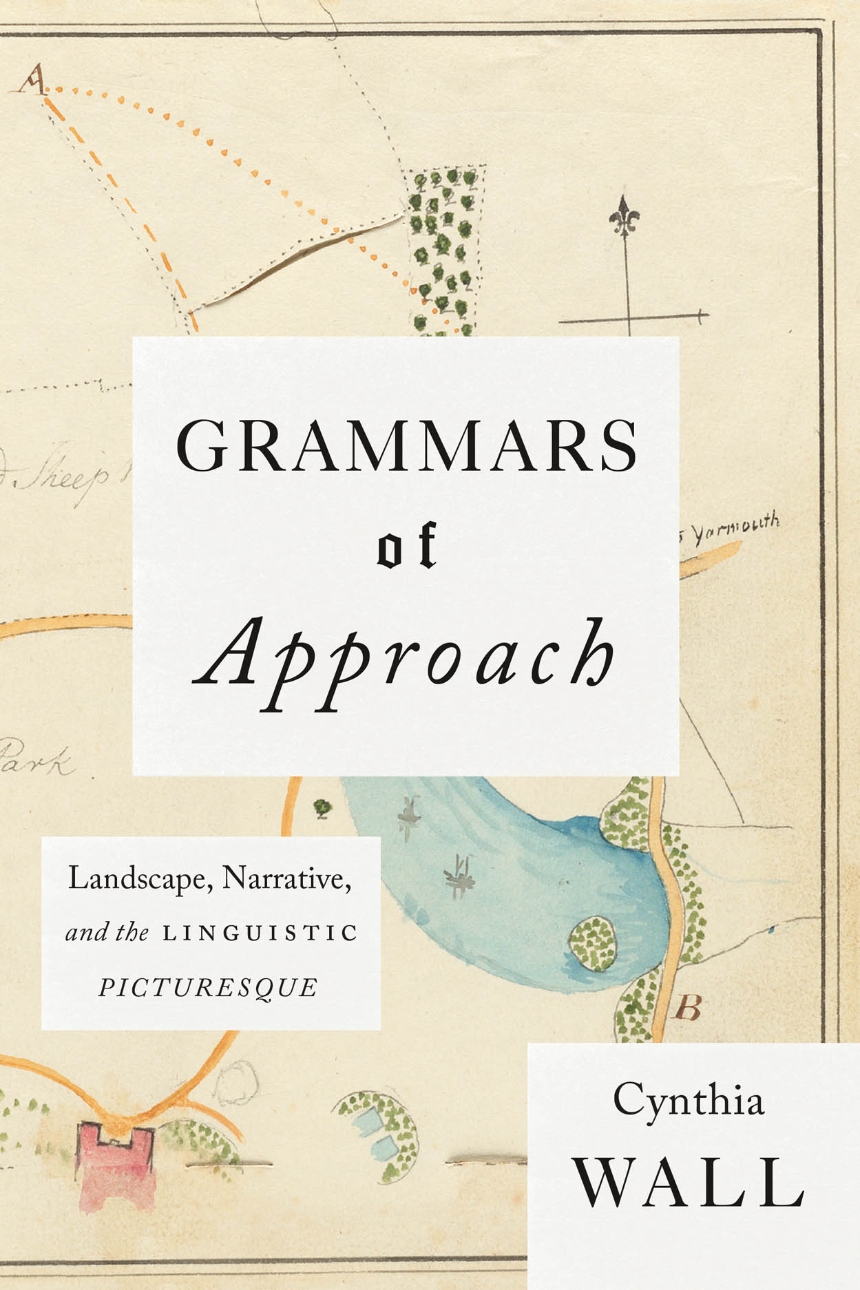Grammars of Approach
Landscape, Narrative, and the Linguistic Picturesque
Grammars of Approach
Landscape, Narrative, and the Linguistic Picturesque
352 pages | 9 color plates, 16 halftones, 7 line drawings, 2 tables | 6 x 9 | © 2019
Architecture: British Architecture
History: British and Irish History
Literature and Literary Criticism: British and Irish Literature
Reviews
Table of Contents
A Note on My Text
Acknowledgments
Introduction
1 The Architectural Approach
The concept of approach (n. s. and v.): the “ancient” and the “modern” lines
The language of approach (v.): architectural and syntactical design
The traveler’s approach
The novelist’s approach
2 The Prepositional Building
The topographical view: angles and staffage
A Bridge to the next part: “A Village on, or across, the Thames”
3 The Topographical Page
The letters on the page
ii. CAPITALS and Italics
iii. catchwords
iv. :- pointing
4 The Grammar in Between
The rise of the preposition
Clarissa and the little words: the avenue and the approach
ii. Clarissa and prepositions
iii. Clarissa as preposition
5 The Narrative Picturesque
ii. Defoe: “in a Word”
iii. Haywood: “In fine, she was undone”
ii. Burney and the psychological interior
iii. Austen and the approach to the interior
Coda A Topographical Page
Notes
Bibliography
Index
Awards
The Center for Eighteenth-Century Studies at Indiana University: Oscar Kenshur Book Prize
Shortlist
SEL Studies in English Literature 1500-1900 & Rice University: Robert Lowry Patten Award
Won
